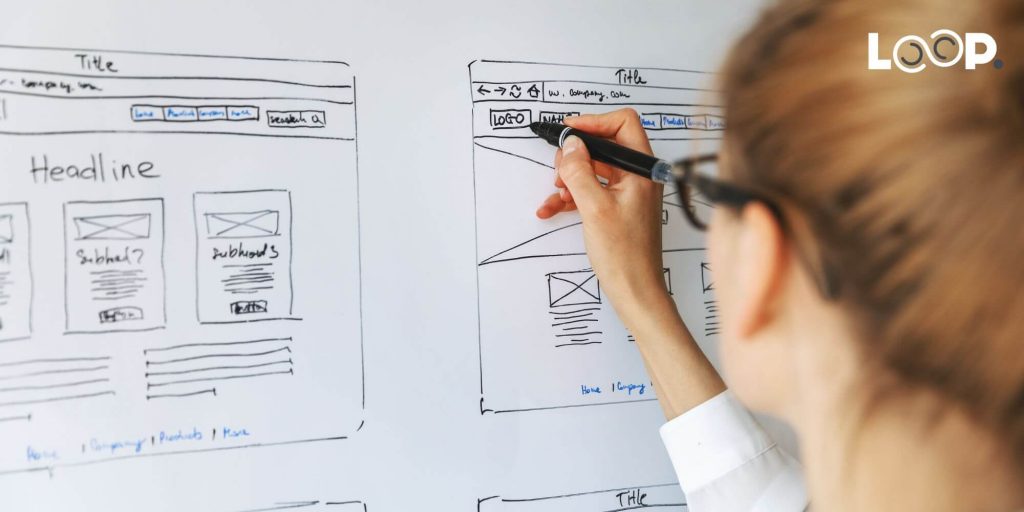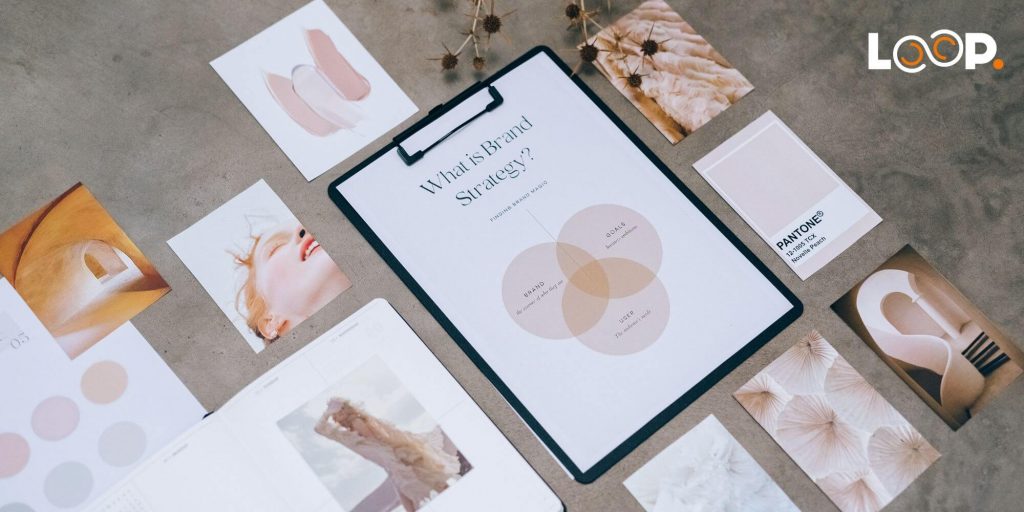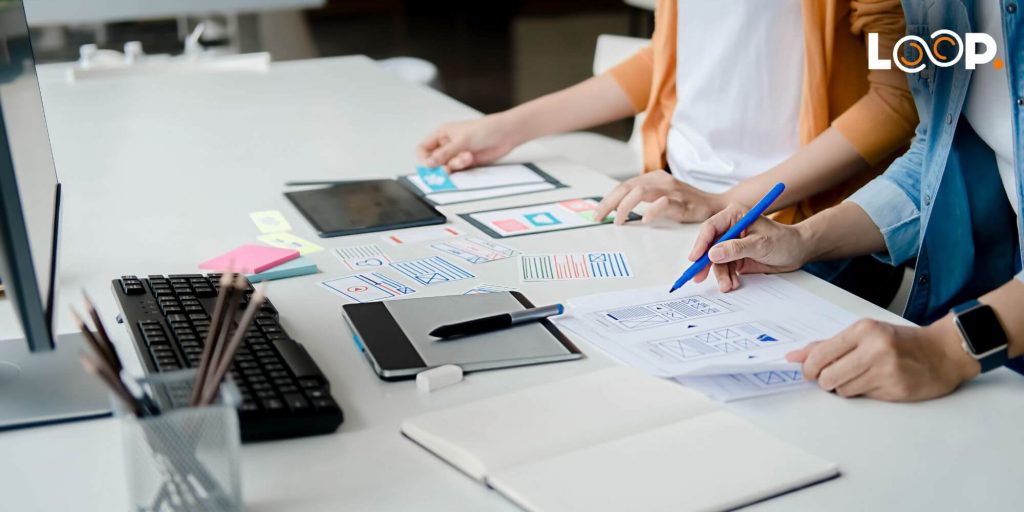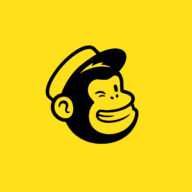Katie is our exceptional Lead Designer who possesses an innate passion for designing websites and creating captivating themes and aesthetics. Her unparalleled dedication to producing innovative solutions that address client needs and reshape user perceptions is truly commendable. Katie finds immense gratification in crafting tangible designs that leave a lasting impact. Equipped with a comprehensive university degree in Computer Management and Web-Based Studies, Katie brings a wealth of knowledge to the forefront of her role at Loop. Her educational background empowers her to leverage cutting-edge technologies and industry best practices to deliver exceptional design solutions. Katie’s expertise shines through her ability to revamp websites, logos, and brands, allowing clients to showcase their business in a fresh and illuminating manner. Her keen eye for detail and creative flair breathe new life into digital assets, providing a platform for clients to shine in their respective industries. In addition to her professional pursuits, Katie’s passion for baking serves as a testament to her creative nature and attention to detail. This dedication extends beyond her design work and fuels her ability to approach each project with meticulousness and care. Her ability to understand clients’ unique requirements and translate them into captivating designs has garnered her praise and established her as a trusted design partner. Katie’s professionalism and unwavering enthusiasm make her an invaluable asset to our team. Her expertise in website design, coupled with her dedication to delivering tangible results, sets her apart as a Lead Designer. Clients can expect nothing short of exceptional designs that elevate their brand, captivate their audience, and drive success.
Posted on 11/04/2023 by Katie Manning
UI and UX Design: What's the Difference?
Although similar, UX and UI are practices that have some distinct differences. They both sit under the wide and varied umbrella of web design and are integral to the successful design of any website. The two are often used interchangeably although it’s essential to understand the key distinctions and the importance of both.
The simplest way of thinking of UX is that it focuses on user interaction with a website, taking into account the overarching structure of the build and how it works as one coherent unit. It ensures a site is built to fully facilitate a user reaching their goal in the most efficient way possible, be it finding a specific piece of content or converting your user into a customer.
Your user interface, or UI, is more concerned with specific visual elements such as colours, imagery and buttons. These are often seen as the finishing touches although they’re just as important with making a website that feels like it has its own identity that is consistent with the brand itself.
What is User Experience (UX) Design?
User experience design – often referred to as UX – is a web design practice that focuses more on how the user will interact with your website. The visuals take a backseat in UX and it specifically targets a user’s journey, from the moment they enter your website all the way to a conversion. The fundamental idea is to make it as simple as possible for a user to travel through your website and reach their goal in the most efficient way possible.
Principles of UX Design
Research and Planning
A key element of a UX developer’s work is research and planning. This involves putting in research time to ensure that the end product is in line with a company’s goals, as well as carrying out extensive analysis of users and their requirements and expectations.
Design of Site Architecture
Making a website that is sleek and usable is one of the main factors to consider in UX. Care and attention must be given to the user journey to ensure that individuals enjoy an efficient, seamless user experience. Users have to be able to locate the content and locations within the site with ease to allow them to complete their own personal goals.
Creating a Wireframe
Wireframing refers to the process of setting out the bare bones of a website to get a clearer indication of how it will be structured. This prototype model allows developers to see first-hand how the site will function and provides information that will influence the finished design. A wireframe will only contain the essential features and structure and should not take into account UI elements such as colours, fonts or content.

Testing and Analysis
What seemed a great idea at the time might not translate to how a user actually interacts with a website. It is for this reason that UX developers take time to test and analyse their results. Tests may be carried out on real-world users or on a test site, but both will supply designers with the correct data and insights that will inform further developments.
What is User Interface (UI) Design?
User interface (UI) is a web practice that is more concerned with the visuals of a website. Specifically, it links the visual design of a website – such as graphics, imagery and typography – with how a user will interact with it. Over the years’ web users have become accustomed to certain traits when interacting with websites, and UI aims to identify and present these visual elements to ensure the user instantly understands the layout and design of your site.
Principles of UI Design
Visual Design
UI encompasses all the visual elements of a website, including imagery, colour, typography, graphics, layout, transitions and animations. However, it’s not just about making something look great – although that’s still important. Extensive research should be carried out beforehand to ensure that the visual design of a website creates an interface that users find simple and straightforward to understand and interact with.
Commercial Branding
UI is very closely linked to branding and the latter informs the design process to create a site that incorporates notable visual assets. Branding must be consistent and coherent across the product without impacting the aesthetic qualities of the website. Because of this, UI developers often have to work closely with marketing teams as well as brand designers to ensure absolute consistency.

Keeping Up to Date with Design Trends
Web design is changing all the time and it can be easy for a site to look dated. Visual design plays a major part in this and it’s essential that you meet the current design demands of your users. UI takes this into account and it becomes a UI developer’s role to ensure that a website can earn the trust of its visitors and keep them engaged.
Creating a Responsive Website on All Devices
Really great UI takes into account how the visual elements will look on all devices. There’s no point in having a menu that looks and works seamlessly on a desktop PC but fails to have the same impact on a smartphone for example. Modern UI commonly involves mobile-first design, which essentially prioritises the visuals and design on mobiles over other devices, although all should be considered!
What’s the Difference Between UI and UX Design?
Interaction vs. Visual Design
The key difference between UX and UI is that the former focuses on the experience of a user, whereas the latter focuses on the visual elements of the site. UI looks at colours, fonts and other visual elements of the content to ensure it looks amazing and that it is in line with user expectations. UX is more concerned with the users and how they interact with the website. The primary focus of UX is to provide an efficient path for a user to achieve their goal.
Planning vs. Finishing Touches
UX is all about the planning and research process in order to create a website that works to the best of its abilities. Developers in this field will discuss with key stakeholders what it is they want from their site and begin to build the wireframe based on their discussions. UX takes into account the user journey and the site architecture and once this is fully designed, UI developers can begin incorporating their ideas into the individual pages.

All Round View vs. the Finer Details
The level of detail between UX and UI designers is a key difference between the two. UX involves a much broader scope that looks at the project as a whole. It is more interested in the flow and feel of a website, whereas UI will focus far more on the individual pages and elements. UI designers will look at finer details such as individual buttons, imagery, text colour and more.
UI and UX Working Together
The first thing to say about UI and UX is that the two are very closely linked together. Visual web design informs the user experience of your website and vice versa. When combined together in harmony they have the potential to create a seamless experience for your users which can greatly impact the performance of a website.
Great UI ensures that your website looks the part. It might be fully on brand, with on-trend design elements that make for a sleek, modern site that you can be proud of – but without great UX to support this it’s essentially meaningless. Users that cannot find what they’re looking for and have trouble achieving their goals will become frustrated with your website. This will lead to them leaving your site and heading to a competitor.
Likewise, UX without UI is also going to cause frustration. You might have the most efficient site structure with a user journey that is fast and simple, but with bad UI it might mean nothing. The wrong use of colours, awkward fonts and a bad overall layout is a surefire ways to turn potential customers away.
Cutting Edge Web Design with Loop Digital
At Loop Digital, our team of highly experienced web designers will produce a website that takes both UI and UX into account. We understand the importance of each of these practices and allow both to inform our design process in order to create a website that is visually and functionally of the highest quality. We always design our websites with the aim of producing commercial results for our clients, all whilst ensuring fantastic, highly-competitive affordability options.
All of our web design services are completely bespoke and we’re passionate about making a site that is uniquely yours. Our team will create an online space that helps your business achieve its goals, whether that be growing your business, attracting new customers or generating conversions.
If you’re interested in finding out more about our fully bespoke web design services, contact us today to find out more about what we can do for your business.
Looking for your next opportunity?
Digital marketing careers
We’re always on the lookout for talented individuals to join our ever growing team. If you think you’d be a great match for Loop Digital, we’d love to hear from you.

Join 300+ business owners getting weekly growth strategies - subscribe now.
"*" indicates required fields






